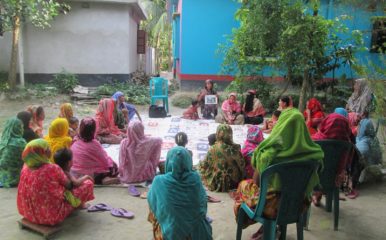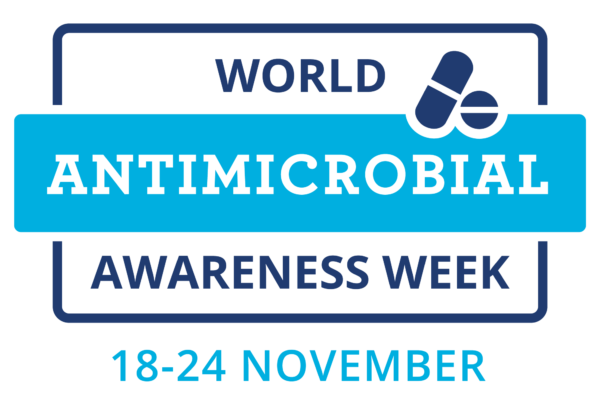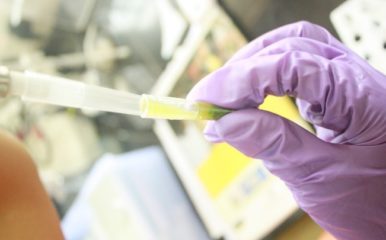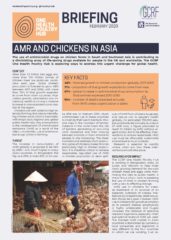
Behaviour and antimicrobial resistance
Published on 15/11/2021

View this page in:
VietnameseLater this week World Antimicrobial Awareness Week (WAAW) launches in a bid to encourage best practices among health workers, farmers, animal health professionals, policymakers and the general public to avoid further emergence and spread of the drug-resistant microbes which already are killing more than 700,000 people a year.
Such a campaign is welcome to help build momentum in recognising the urgent and desperate global situation that we are in. It follows the G7 global leaders’ call to action on antimicrobial resistance (AMR) this summer which, ahead of the UN Food Systems Summit, called for more responsible use of antimicrobial drugs in food systems. A project that the Hub was part of, CE4AMR: the One Health Approach, is also issuing its own call to action this week.
Critical to the success of such awareness weeks and calls to action is the development and uptake of strategies and practical steps to effect urgent and cross-sectoral behavioural changes. Without these, progress to reduce antimicrobial usage and resistance will be too slow to make the difference that is now required.
Global declarations on AMR, food systems and farming can grab the headlines, but the hard work of implementing policies, working with communities and providing incentives for change rests on the shoulders of national governments who may or may not engage fully depending on their circumstances and outlooks.
Education and awareness
Our recent One Health Roadmap Series of discussions considering the future of poultry, people and planet offered some thoughts on what is required to turn good thoughts into positive actions. High on the list were the need for:
- Strong national-level cross-ministry financial commitments to support National Action Plans.
- Multisectoral collaboration, so that every sector, including livestock, ‘owns’ its AMR response.
- Mainstreaming AMR, including by embedding surveillance and response in existing health systems, programmes and initiatives
- Monitoring and evaluating National Action Plan activities and policy implementation every six months.
- Investing in public education and awareness, with a view to changing consumers and others’ behaviours.
This final point is critical – and chimes with the theme for this year’s WAAW, which is ‘spread awareness, stop resistance’.
The appetite for change may be there. A recorded online workshop on antibiotic-free chicken farming held by our Bangladesh team for stakeholders including vets, farmers and feed dealers, has been viewed more than 2,000 times.
Social science and AMR
Education and awareness will not be enough. Some behaviours which may seem irrational from the outside – including the prophylactic use of antibiotics in chicken production – may be totally rational given local circumstances. Therefore, in addition to collecting microbiological data and researching regulatory landscapes, our Hub places equal importance on conducting social science research.
In Bangladesh, India, Sri Lanka and Vietnam we are generating detailed knowledge of the social, economic and cultural factors that shape chicken production and marketing in these different settings. This is critical because some of these factors dictate and/or constrain the actions and behaviours of people working throughout the industry and contribute to inappropriate use of antimicrobials, so contributing to the development and spread of AMR.
Working with relevant communities, through engagement approaches such as those explored by the CE4AMR network, can help better understand the local contexts of antibiotic use and facilitate the co-development of solutions to minimise the emergence and spread of AMR. Understanding such local complexities, combined with greater awareness of the challenge of AMR at all levels, is essential if we are to stop the spread of this scourge.
Further, this is what we mean by a One Health approach: without embracing and integrating other perspectives and knowhow – including those from the societal-behavioural, political and technical spheres – some of our most intractable health challenges such as AMR, which span the human-animal-environmental interface, cannot be adequately tackled. One Health is not just a theory. It must be translated to practical action in the real world.


